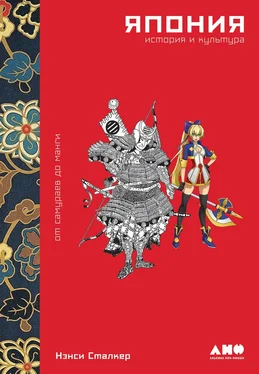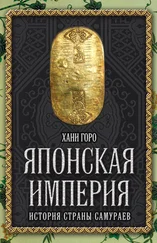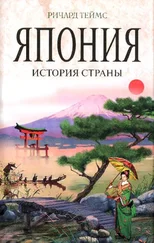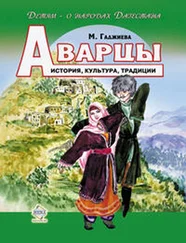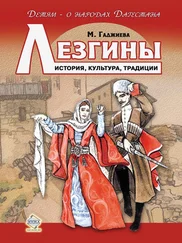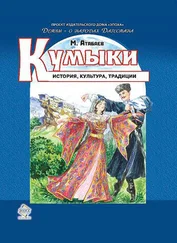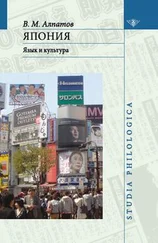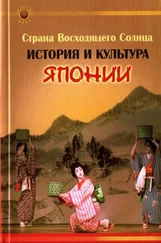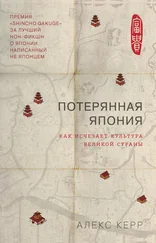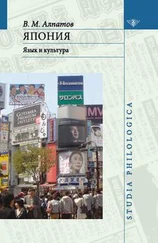Цит. по: Richie, The Masters’ Book of Ikebana, 57.
Wm. Theodore de Bary et al., eds., Sources of Japanese Tradition, vol. 2: 1600 to 2000, 2nd ed. (New York: Columbia University Press, 2005), 180–181.
N. Murakami and K. Murakawa, eds., Letters Written by the English Residents in Japan, 1611–1623, with Other Documents on the English Trading Settlement in Japan in the Seventeenth Century (Tokyo: The Sankosha, 1900), 23–24. Орфография модернизирована.
Constantine N. Vaporis, Tour of Duty: Samurai, Military Service in Edo, and the Culture of Early Modern Japan (Honolulu: University of Hawaii Press, 2009), 62–101.
Constantine N. Vaporis, Voices of Early Modern Japan: Contemporary Accounts of Daily Life during the Age of the Shoguns (Westview Press, 2013), 90–91.
E. S. Crawcour, «Some Observations of Merchants: A Translation of Mitsui Takafusa’s Cho-nin Ko-ken Roku», in David J. Lu, ed., Japan: A Documentary History, vol. 1 (Armonk, NY: M. E. Sharpe, 1997), 230–231.
Wm. Theodore de Bary et al., eds., Sources of Japanese Tradition, vol. 2: 1600 to 2000, 2nd ed. (New York: Columbia University Press, 2005), 186–187.
Ibid., 193–194.
Ibid., 326–330.
Basil Hall Chamberlain, Things Japanese (London: John Murray, 1890; repr., Cambridge, UK: University of Cambridge Press, 2015), 371–374.
de Bary et al., Sources of Japanese Tradition, vol. 2, 571–572.
Nam-lin Hur, Prayer and Play in Late Tokugawa Japan: Asakusa Senso — ji and Edo Society (Cambridge, MA: Harvard University Asia Center, 2000), 87.
Mary Elizabeth Berry, Japan in Print: Information and Nation in the Early Modern Period (Berkeley: University of California Press, 2007), 15.
Howard Hibbett, The Chrysanthemum and the Fish: Japanese Humor since the Age of the Shoguns (New York: Kodansha America, 2002), 54.
Ibid., 56.
Donald Keene, World within Walls: Japanese Literature of the Premodern Era, 1600–1867 (New York: Columbia University Press, 1999), 189.
Ихара Сайкаку. Рассказы всех провинций. — СПб.: Северо-Запад Пресс, 2002. С.174.
Wm. Theodore de Bary et al., eds., Sources of Japanese Tradition, vol. 2:1600 to 2000, 2nd ed. (New York: Columbia University Press, 2005), 348.
Geoffrey Bownas and Anthony Thwaite, trans., The Penguin Book of Japanese Verse (London: Puffin, 1986; repr., London: Penguin, 1998), 125–127.
Мацуо Басё. По тропинкам севера / Пер. Н. И. Фельдман // Японские средневековые дневники. — СПб.: Северо-Запад Пресс, 2001. С. 582.
Мацуо Басё. По тропинкам севера… С. 598.
Кокинвакасю. Собрание старых и новых песен Японии / Пер. А. Долина. — СПб.: Гиперион, 2001. С. 58.
Тикамацу Мондзаэмон. Драматические поэмы / Пер. с яп. Веры Марковой. — М.: Художественная литература, 1968. С. 342–343.
Cecilia S. Seigle, Yoshiwara: The Glittering World of the Japanese Courtesan (Honolulu: University of Hawaii Press, 1993), 35.
Harold S. Williams, Tales of the Foreign Settlements in Japan (Tokyo: C. E. Tuttle, 1958), 33.
Wm. Theodore de Bary et al., eds., Sources of Japanese Tradition, vol. 2: 1600 to 2000, 2nd ed. (New York: Columbia University Press, 2005), 672.
Цит. по: Мещеряков А. Н. Император Мэйдзи и его Япония. — М.: «Наталис» Рипол Классик, 2006. С. 250.
Steven Ericson, The Sound of the Whistle: Railroads and the State in Meiji Japan (Cambridge, MA: Harvard East Asian Monographs, 1996), 54.
E. Patricia Tsurumi, Factory Girls: Women in the Threadmills of Meiji Japan (Princeton, NJ: Princeton University Press, 1990), 93.
Ibid.
Ibid., 98.
Fukuzawa Yukichi, «An Outline of a Theory of Civilization», in de Bary et al., Sources of Japanese Tradition, vol. 2, 703.
Ibid., 706.
Natsume So-seki, Kokoro, trans. Edwin McClellan (Washington, DC: Regnery Gateway, 1957), 128–129.
de Bary et al., Sources of Japanese Tradition, vol. 2, 747.
Uchimura Kanzo-, «Two Js», in de Bary et al., Sources of Japanese Tradition, vol. 2, 1167.
Thomas C. Smith, Native Sources of Japanese Industrialization, 1750–1920 (Berkeley: University of California Press, 1988), 242.
Akira Kurosawa, Something Like an Autobiography (New York: Knopf Doubleday, 2011), 48.
William J. Tyler, ed., Modanizumu: Modernist Fiction from Japan, 1913–1938 (Honolulu: University of Hawaii Press, 2008), 19.
T. Philip Terry, Terry’s Japanese Empire (New York: Houghton Mifflin, 1914), 368.
Junichiro-Tanizaki, Naomi, trans. Anthony H. Chambers (New York: Alfred Knopf, 1985; repr., New York: Vintage, 2001), vii — viii.
Yasunari Kawabata, The Scarlet Gang of Asakusa, trans. Alisa Freedman (Berkeley: University of California Press, 2005), 30.
Ibid., 120.
Ibid., xxxix.
Gennifer Weisenfeld, MAVO: Japanese Artists and the Avant-Garde, 1905–1931 (Berkeley: University of California Press, 2001), 95.
Лебедева О. И. Искусство Японии на рубеже XIX–XX веков. Взгляды и концепции Окакура Какудзо. — М., 2016. С. 88. Okakura Kakuzō, The Ideals of the East, in Wm. Theodore de Bary et al., eds., Sources of East Asian Tradition, vol. 2 : The Modern Period (New York: Columbia University Press, 2008), 549.
Перевод см.: Окакура Какудзо. Чайная церемония в Японии. — М.: Центрполиграф, 2014. С. 45–46.
Какудзо Окакура. Указ. соч. С. 55.
Читать дальше
Конец ознакомительного отрывка
Купить книгу
